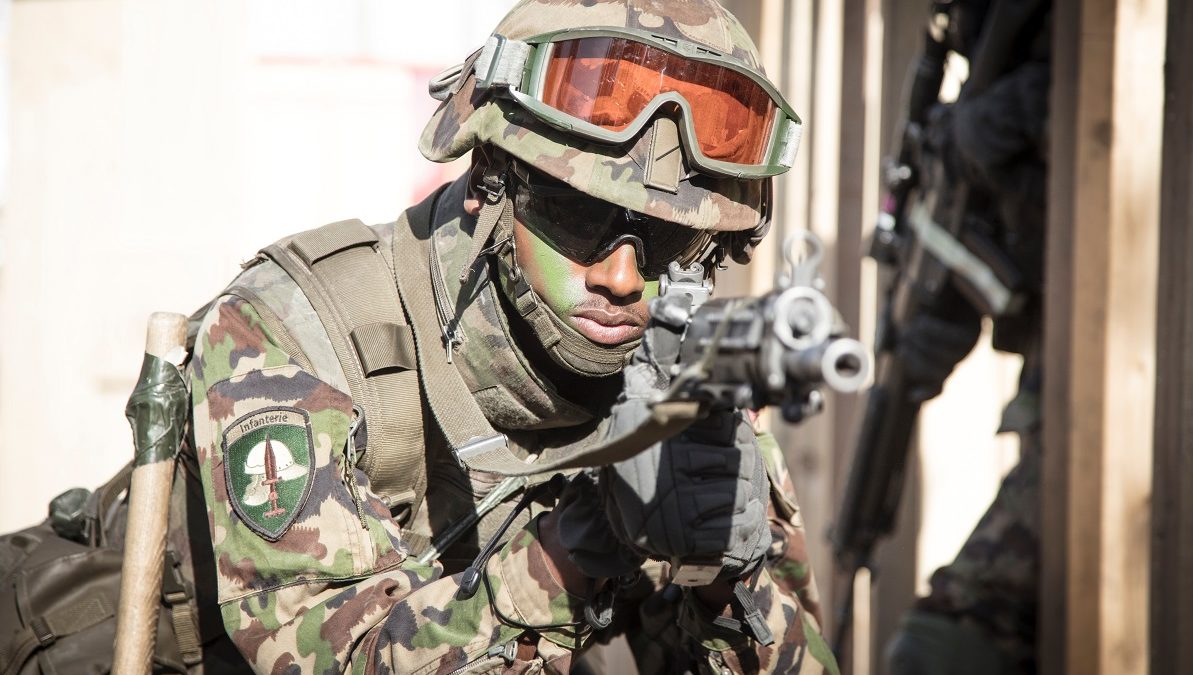
The Complete Guide to Body Armor
If you’re in the military, law enforcement, or security industry, then you know how important it is to have the right body armor. Body armor is essential for keeping you safe and protected in dangerous situations, and having the right kind of armor can make all the difference. In this guide, we’ll help you understand what types of body armor are out there, how they work, and which type is best for your specific needs.
Types of Body Armor
Body armor comes in three main types: soft body armor, hard shell body armor, and plate carriers. Soft body armor is usually made from a combination of ballistic fibers like Kevlar or Dyneema. It’s lightweight and flexible but still offers good protection against most handgun rounds. Hard shell body armor is made from a solid material such as metal or ceramic plates that provide more protection than soft body armor but are heavier and less flexible. Plate carriers are designed to hold several hard shell plates together so they provide even better protection than either type of body armor alone.
Level IV Armor
Level IV Armor is the highest level of protection available for body armor. It’s designed to protect against rifle rounds as well as high-powered handguns like .44 Magnum or .357 SIG rounds. Level IV Armor typically consists of a combination of ceramic plates backed by steel or polyethylene plates that provide additional coverage over the soft body armor.
Choosing the Right Body Armor
Choosing the right type of body armor depends on the type of environment you’ll be working in and the level of protection you need. Soft body armors are best for low-threat environments where there isn’t much risk of being shot at with high-powered weapons like rifles or machine guns. Hardshell armors offer more protection against higher-caliber weapons but can be heavier and less comfortable to wear for long periods. Plate carriers are ideal for high-threat environments where there is a risk of being shot at with rifles or machine guns since they offer more coverage than either soft-bodied armor or hard shells alone.
No matter what your profession involves, having the right kind of body armor is essential for staying safe in dangerous situations. We hope this guide has helped you learn more about different types of body armor and how they work so that you can make an informed decision about which one will suit your needs best! From soft armors to plate carriers to Level IV Armors – whatever type you choose – make sure it provides adequate protection without sacrificing comfort so that you can do your job safely.
For more articles, please click here.